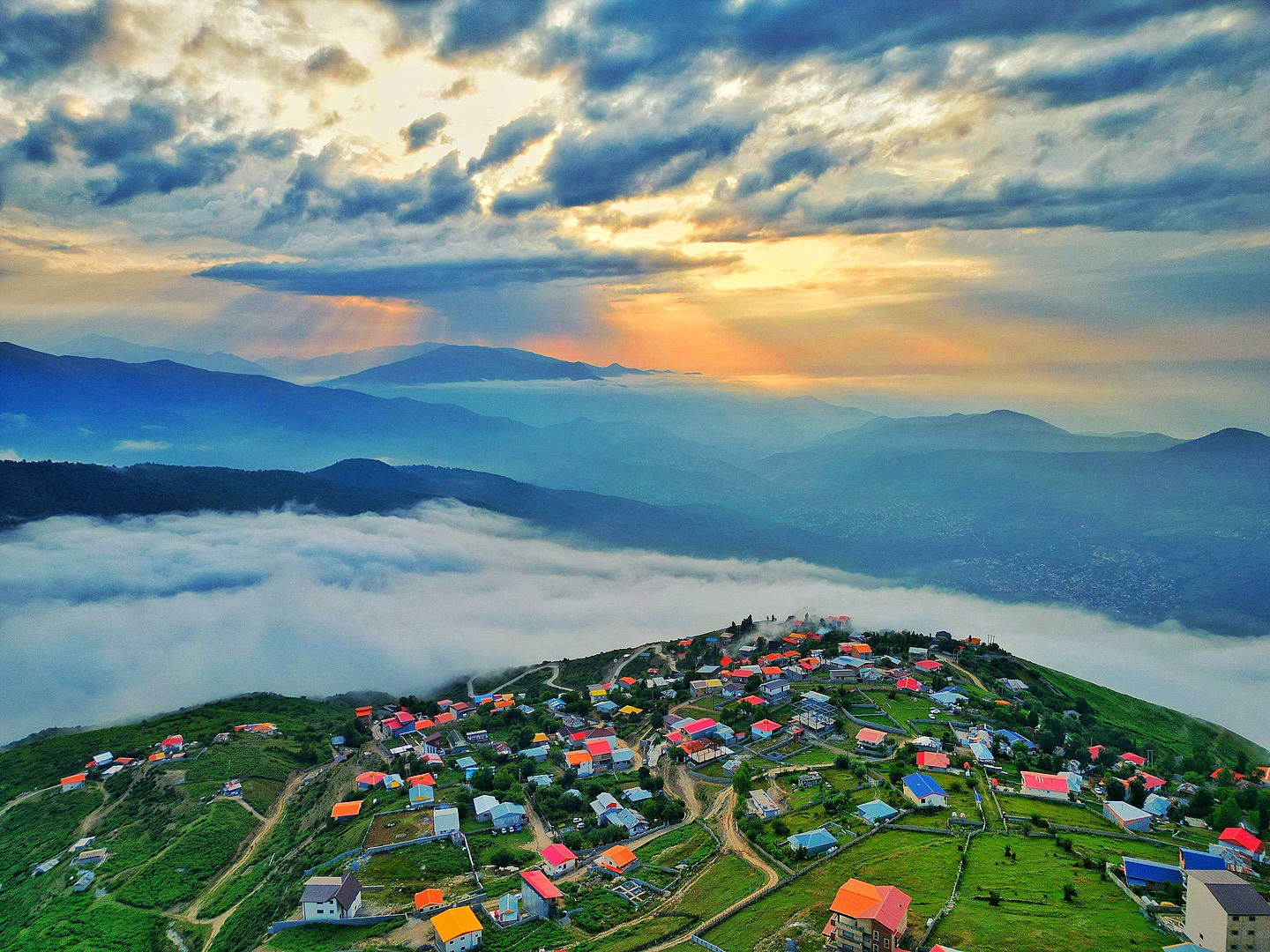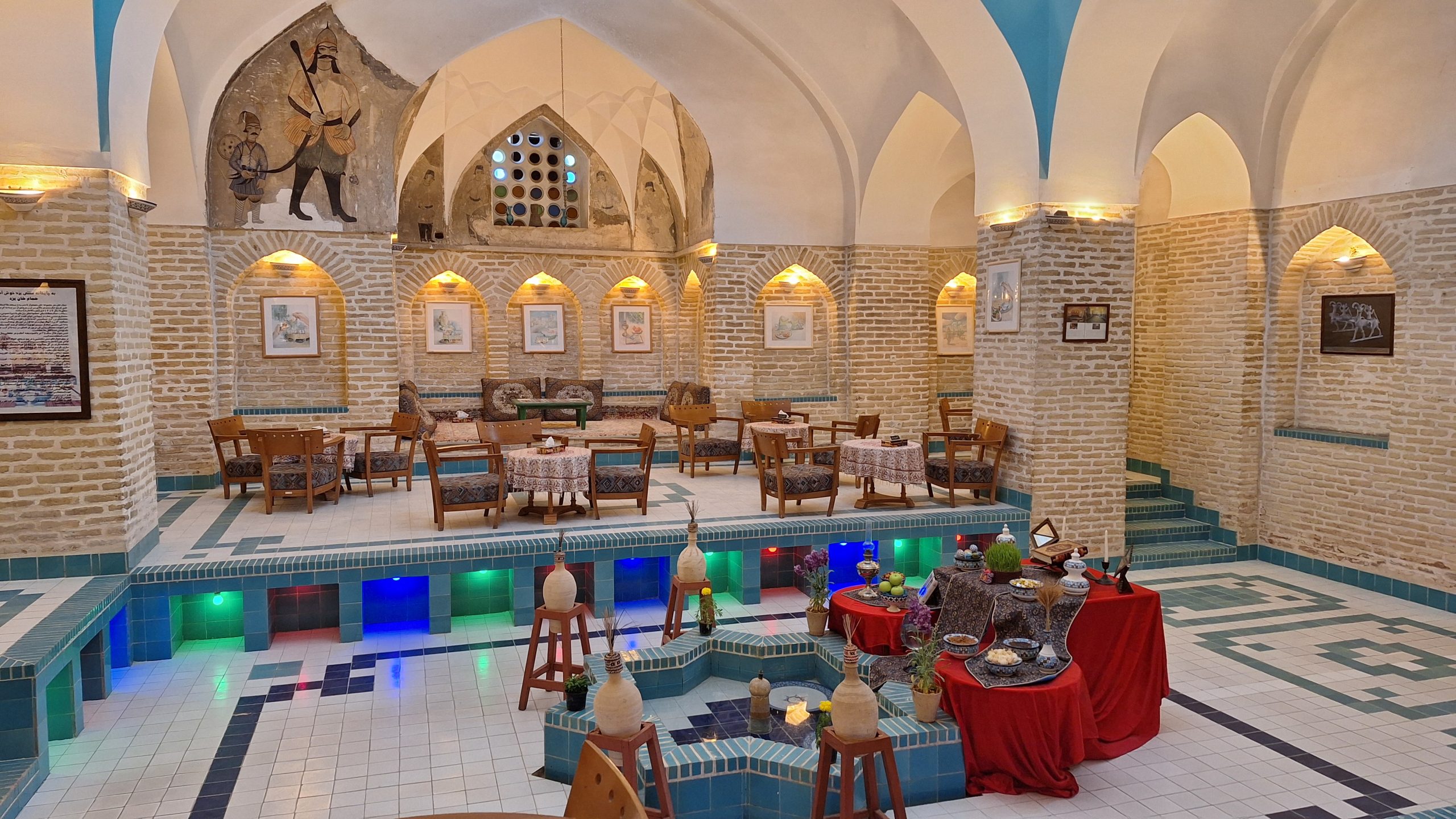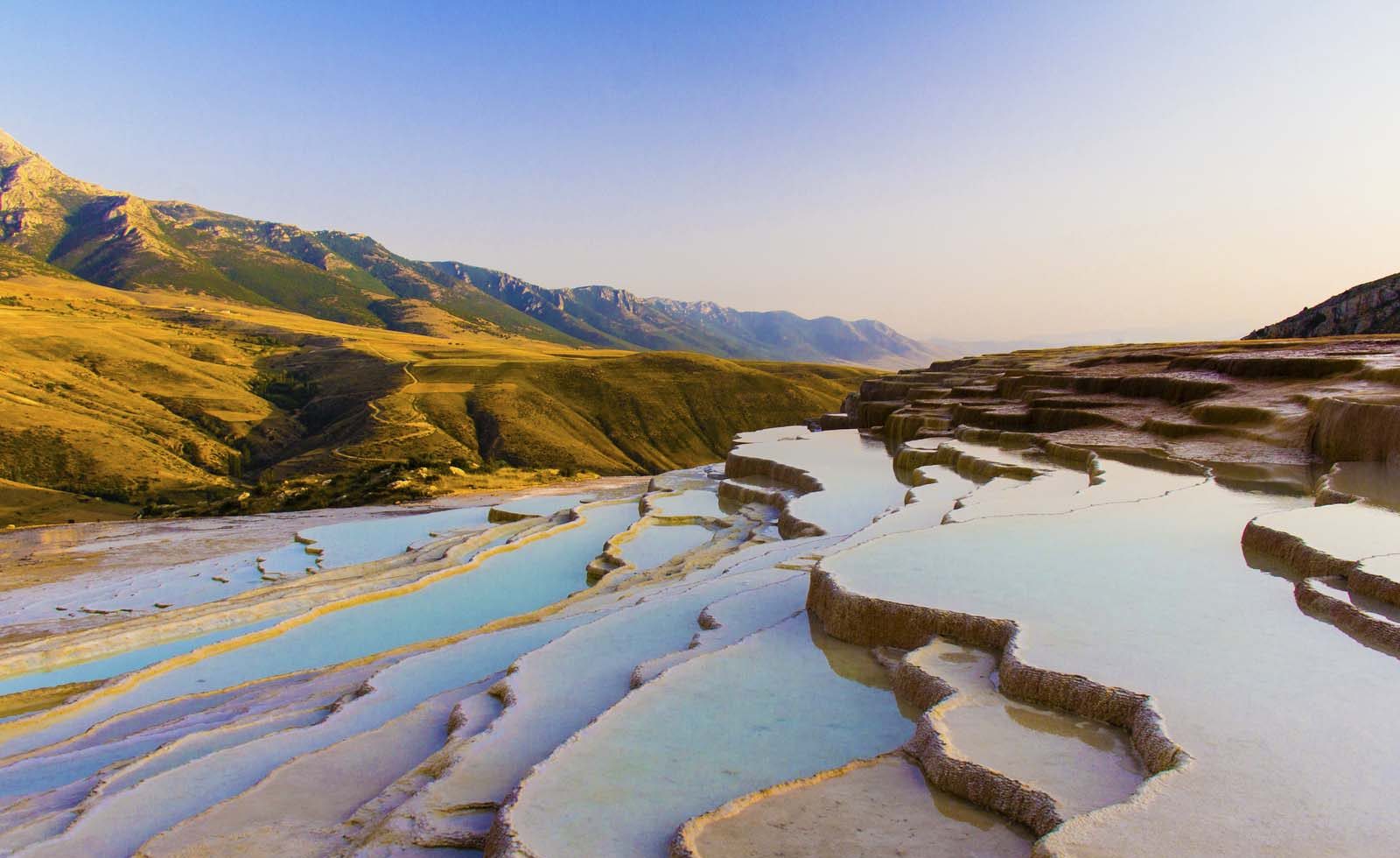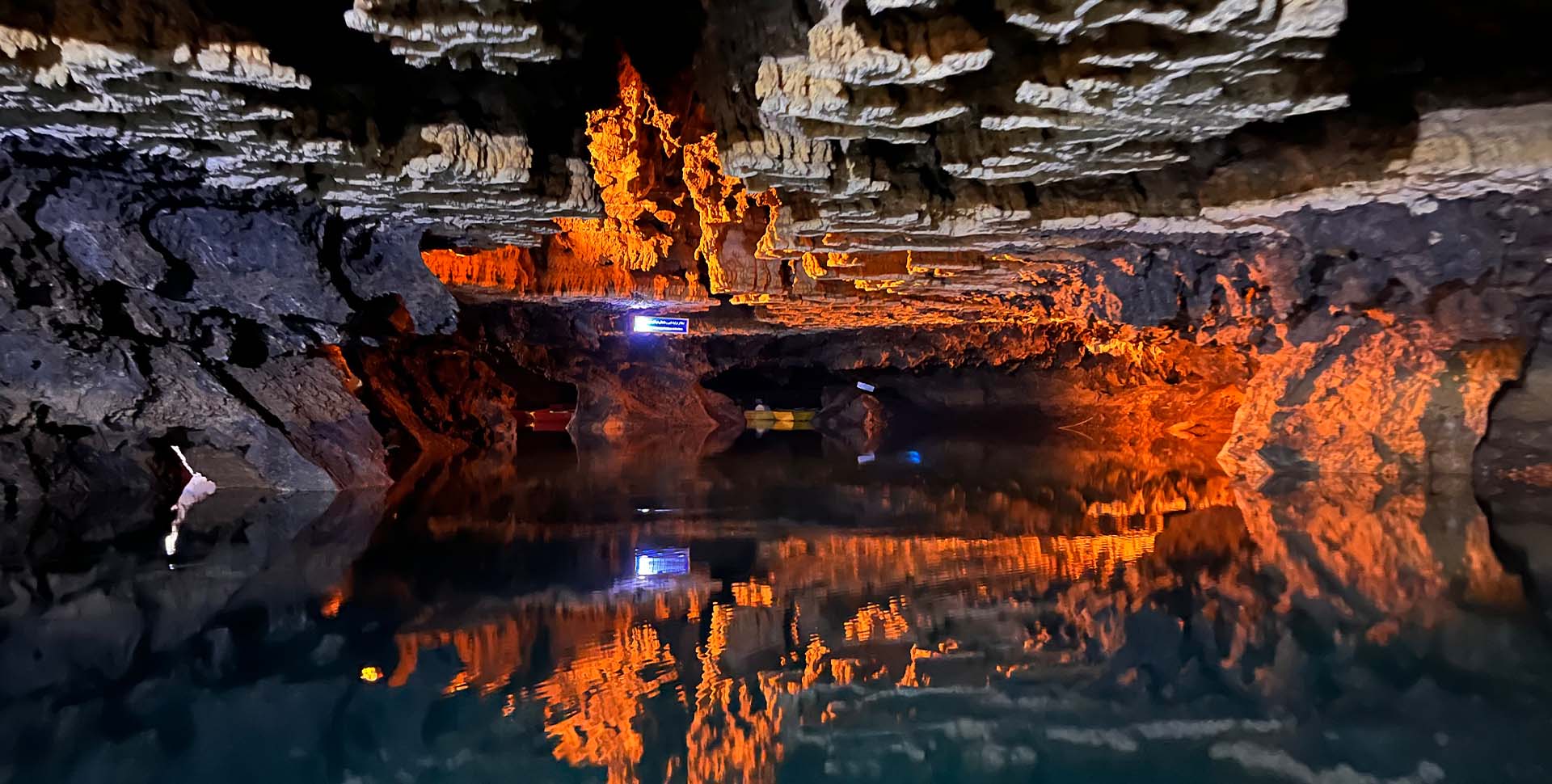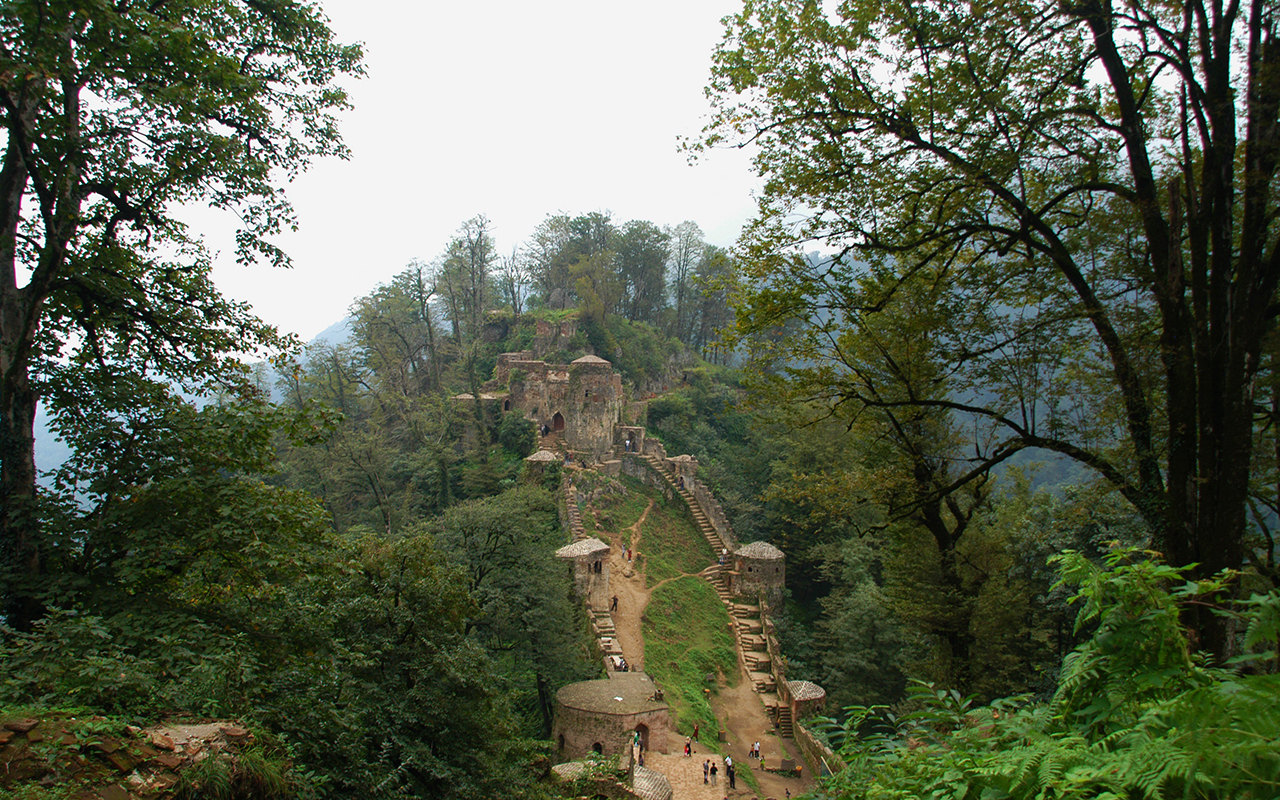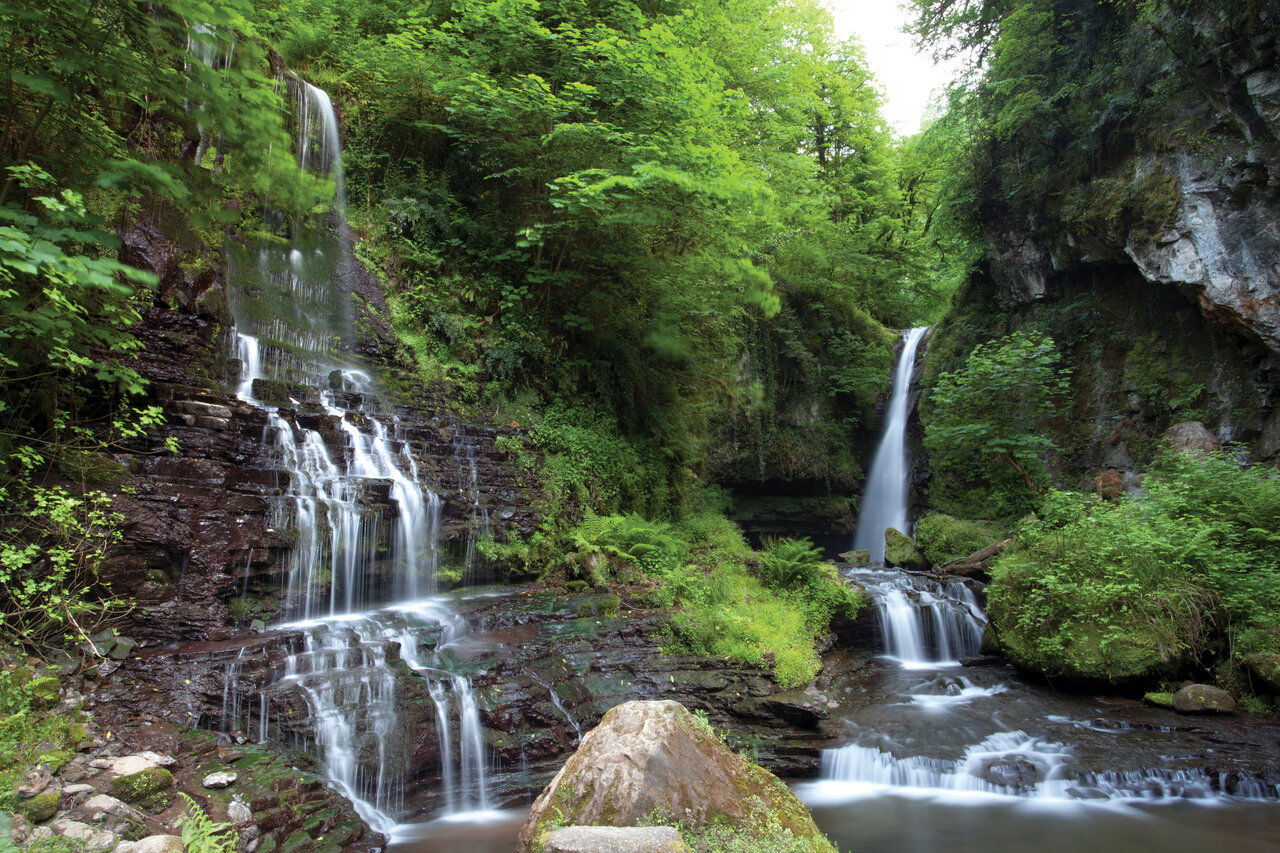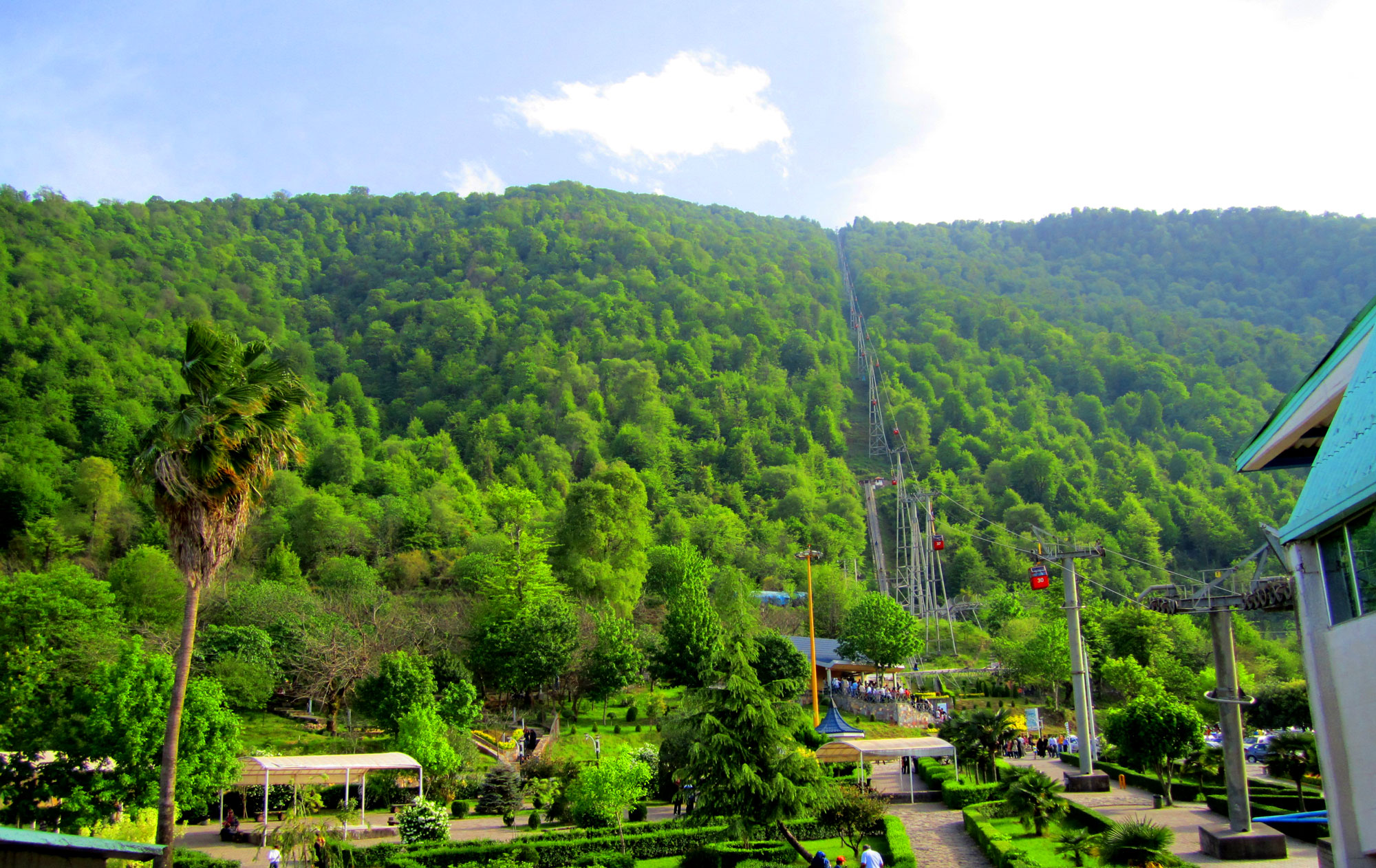Dolphin Park in Kish Island | Iran’s First Dolphinarium
Dolphin Park, also known as the Kish Dolphinarium, is one of the top attractions in Kish Island, offering an unforgettable experience for families, children, and nature lovers. As Iran’s first dolphinarium, it provides exciting live shows with dolphins, sea lions, and seals in a tropical-themed setting. Located in a lush, landscaped park of over 100 hectares, the Dolphin Park combines entertainment with education in a peaceful and eco-friendly environment. What to Expect 🐬 Dolphin & Sea Lion Shows The main highlight of the park
Mica Mall Indoor Skydiving | Fly Without Wings in Kish Island
Mica Mall Indoor Skydiving is the first and only vertical wind tunnel in Iran, offering a safe and thrilling experience of free-fall flight — without jumping from an airplane. Located in the heart of Kish Island’s luxurious Mica Mall, this attraction lets you experience the sensation of skydiving indoors, with no parachute and no fear. What to Expect Vertical Wind Tunnel: A state-of-the-art air chamber that simulates real free-fall conditions Flight Duration: Each session lasts about 2 to 3 minutes, equivalent to jumping
Filband Village | The Dreamy Land Above the Clouds
Filband is a breathtaking mountain village in Mazandaran Province, northern Iran, known for its spectacular cloud sea, serene atmosphere, and untouched natural beauty. Located at an elevation of around 2,300 meters above sea level, Filband is often referred to as the “Roof of Mazandaran”. Its dramatic views, cool climate, and peaceful environment make it one of Iran’s most stunning hidden gems for nature lovers and photographers. Location Province: Mazandaran Nearest City: Babol Distance from Tehran: Approximately 180 km (about 4.5 hours by car) Access: Mountain roads;
Mirror Palace | Museum of Mirrors and Lighting in Yazd
The Mirror Palace (Museum of Mirrors and Lighting) in Yazd, Iran, is one of the most unique and visually striking museums in the country. Housed in a beautifully decorated historic mansion, the museum showcases the traditional art of mirror work (Āineh-kāri) and the evolution of lighting in Iranian architecture and daily life. This cultural gem provides a dazzling experience where visitors are surrounded by thousands of reflections, shimmering walls, and antique lights. Historical Background Original building date: Built in 1941 as a private
Khan Bathhouse, Yazd | A Historic Persian Hammam in the Heart of Yazd
Khan Bathhouse, located in the historic city of Yazd, Iran, is one of the finest examples of traditional Persian public baths, known as hammams. Built in the 18th century during the Qajar era, this architectural gem reflects the brilliance of Iranian engineering and social culture in desert cities. Today, Khan Bathhouse stands as both a historical monument and a popular cultural attraction for those exploring Yazd’s UNESCO-listed old town. History and Architecture Built by: Mohammad Taqi Khan Bafqi, the ruler of Yazd Year of
Badab-e Surt | Iran’s Terraced Wonder of Salt Springs
Badab-e Surt is one of Iran’s most surreal and visually stunning natural wonders, located in Mazandaran Province in the northern region of the country. This geological masterpiece features a series of natural terraced travertine formations, formed by mineral-rich hot springs over thousands of years. Its colorful stepped pools, glowing with hues of orange, red, and white, are a rare sight found in very few places on Earth. Often compared to Pamukkale in Turkey, Badab-e Surt stands out as a symbol of
Ali Sadr Cave | The World’s Largest Water Cave in Iran
Ali Sadr Cave is one of the most extraordinary natural wonders in Iran and is recognized as the largest water cave in the world. Located in Hamedan Province, in western Iran, this stunning cave features kilometers of navigable waterways that visitors explore by boat, gliding through underground lakes and tunnels. Its geological formations, colorful stalactites and stalagmites, and cool, silent atmosphere offer a surreal and unforgettable experience beneath the surface of the earth. Location and Access Ali Sadr Cave is situated near the
Rudkhan Castle | Iran’s Hidden Fortress in the Forest
Rudkhan Castle, also known as Qal'eh Rudkhan, is a majestic brick and stone fortress hidden deep in the lush forests of Gilan Province, northern Iran. Perched on a mountain slope at an altitude of 715 to 945 meters, this medieval military complex offers a stunning blend of nature, history, and architectural wonder. With its massive stone walls, spiral staircases, and panoramic views, Rudkhan Castle is one of the most well-preserved and visited historical castles in Iran. Historical Background Rudkhan Castle dates back to
Margoon Waterfall | One of Iran’s Most Spectacular Natural Wonders
Margoon Waterfall, located in the Fars Province of southern Iran, is one of the most beautiful and highest waterfalls in the country. Nestled within the Zagros Mountains, this waterfall is famous not only for its breathtaking scenery but also for the way it emerges directly from the rocky mountain wall, creating an unforgettable natural spectacle. The name Margoon means "snake-like" in Persian, inspired by the waterfall's winding appearance as it cascades down the mountainside. Key Features of Margoon Waterfall Height: Approximately 70 meters Width:
Namak Abroud | A Natural Paradise on Iran’s Caspian Coast
Namak Abroud is one of Iran’s most popular tourist destinations, located on the southern coast of the Caspian Sea in Mazandaran Province. Surrounded by the Alborz Mountains and ancient Hyrcanian forests, this green town is a unique combination of natural beauty and modern recreational facilities. It is ideal for travelers looking to escape the heat and pollution of big cities and enjoy the fresh mountain air, lush greenery, and adventure activities. Top Attractions Cable Car Experience The Namak Abroud Telecabin is one of the




